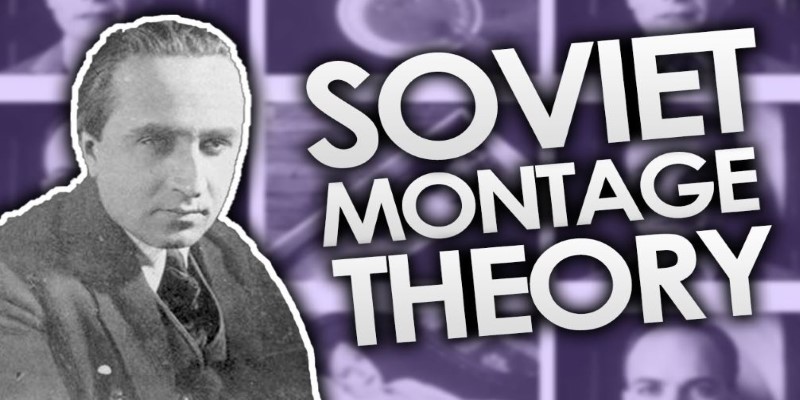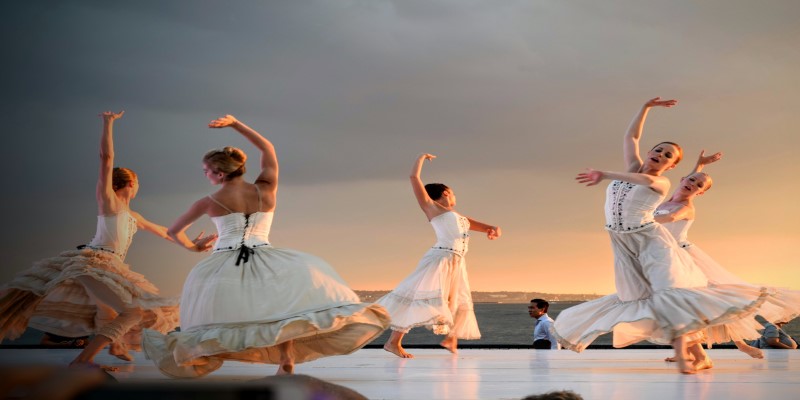Watching a film is easy. All you have to do is switch on your TV or hop over to the cinema and begin watching whatever you like. However, do you know that for good quality films to reach you this easily today, it took hundreds of years and multiple methods and theories?
Yes! You heard us right! Even the film world has theories, and if you are someone who heard about the oldest out of these all – the Soviet Montage Theory and wanted to gain more information on it, then we have you covered. Hop on below to learn all its essential information, from its history and types to some great examples.

Soviet Montage Theory was an influential film movement that developed during the early twentieth century at the time of the Soviet Union. This theory focuses on the editing techniques in the film over just the content alone.
The primary aspect of the theory is that different sequences can be edited together in juxtaposition, which can then express an entirely new and separate complex idea. This theory was a significant contribution of the Soviet film theorists to the film industry.

In 1919, the Bolshevik leader Vladimir Lenin nationalized the Soviet cinema and closed all existing production companies. This same year, the Soviet director, Lev Kuleshov, opened the Moscow Fim School.
While running the school, Kuleshov developed a film theory named the Kuleshov effect. This theory helped hypothesize that two shots side-by-side helped give more meaning compared to a single shot alone.
This montage technique influenced many other filmmakers then, and one of Kuleshov's students –Sergei Eisenstein – expanded all these ideas into the Soviet Montage Theory. Eisenstein was the primary driving force behind the Soviet Montage style, and his films also spread this theoretical concept into the international communities. However, the Soviet Montage movement officially ended when Marxist leader Joseph Stalin came into power after Lenin's death.
When he became a director, Sergei Eisenstein developed five different types of montages: the Soviet Theory, here is a breakdown for each of the montages:
The intellectual Montage was one of Sergei Eisenstein's most popular developments. This Montage is when a filmmaker edits two shots to connect them to make a philosophical concept. One of Sergei Eisenstein's films, Strike, released in 1925, also has the same idea. In the movie, Sergei has shown editing between the slaughter of a bull and the massacre of striking workers.
The metric Montage is yet another exceptional Montage in the Soviet Montage Theory. This Montage helps create a visual pacing in a scene by immediately cutting to the next shot after a specific number of frames have been displayed, no matter what the content is.
Eisenstein said that a musical score's pacing (or meter) significantly influenced the metric Montage. These montages can enhance the tension in any of the scenes in a film.
The overtonal Montage is a type of Soviet Montage that will help you achieve a more poetic aspect or mood over logic or story. This type of Montage is also called associational Montage. It is made from the combination of four other kinds of montages - intellectual, metric, rhythmic, and tonal – to create a more abstract effect and complex picture for the audience.
Also called continuity editing, the rhythmic Montage preserves the continuity of what is happening in a scene. In this type of Montage, the content of the frame is what becomes the leading element.
The tonal Montage allows you to edit together two shots with a similar thematic element or emotional tone. The elements used in this Montage can be both auditory and visual.
Given that Soviet Montage Theory impacted the Soviet Union film era, some incredible films must have emerged. Here are a few of these:
Kino-Eye is a documentary directed by Dziga Vertoz that shows ordinary citizens' daily lives in the Soviet Village. The film was why the term 'Kino-Eye,' which translates to 'Film Eye,' became extremely popular. The movie depicts the theory that a camera sees life more accurately than a human eye can.
The movie is about oppressed workers who are driven to organize a strike against their employers because of terrible conditions. This is a movie directed by Sergie Eisenstein, and he intended to open the film in a seven-part series but never got to complete it.
The movie is a direction of Vsevolod Pudovkin and is an adaption of the novel 'The Mother' by Maxim Gorky. The Russian Revolution film tells the story of a mother whose husband dies, and her son gets arrested and sent to prison.
This Sergei Eisenstein film is one of only two films in which the Soviet Government commissioned the government. The movie celebrates the tenth anniversary of the October Revolution.
Soviet Montage was an incredible part of filmmaking and brought about some exceptional films. However, film editing is an evolving art, and while these classical edits made sense back in history, today, even better concepts have been formed based on the foundation of these old montages. If you want to gain a deep insight into Soviet Montage Theory, then we hope this breakdown of the definition, history, types, and examples of it is helpful for you.

By Frederica/Feb 29, 2024

By Peter Evans/Feb 17, 2024

By Frederica/Dec 09, 2024

By Pamela Andrew/Feb 28, 2025

By Vicky Louisa/May 22, 2025

By Frederica/Mar 12, 2024

By Eleanor/Mar 20, 2024

By Frederica/Dec 09, 2024

By Georgia Vincent/Apr 13, 2025

By Alice Ellis/Mar 14, 2024

By Verna Wesley/Apr 02, 2025

By Lucy Lee/Apr 25, 2024